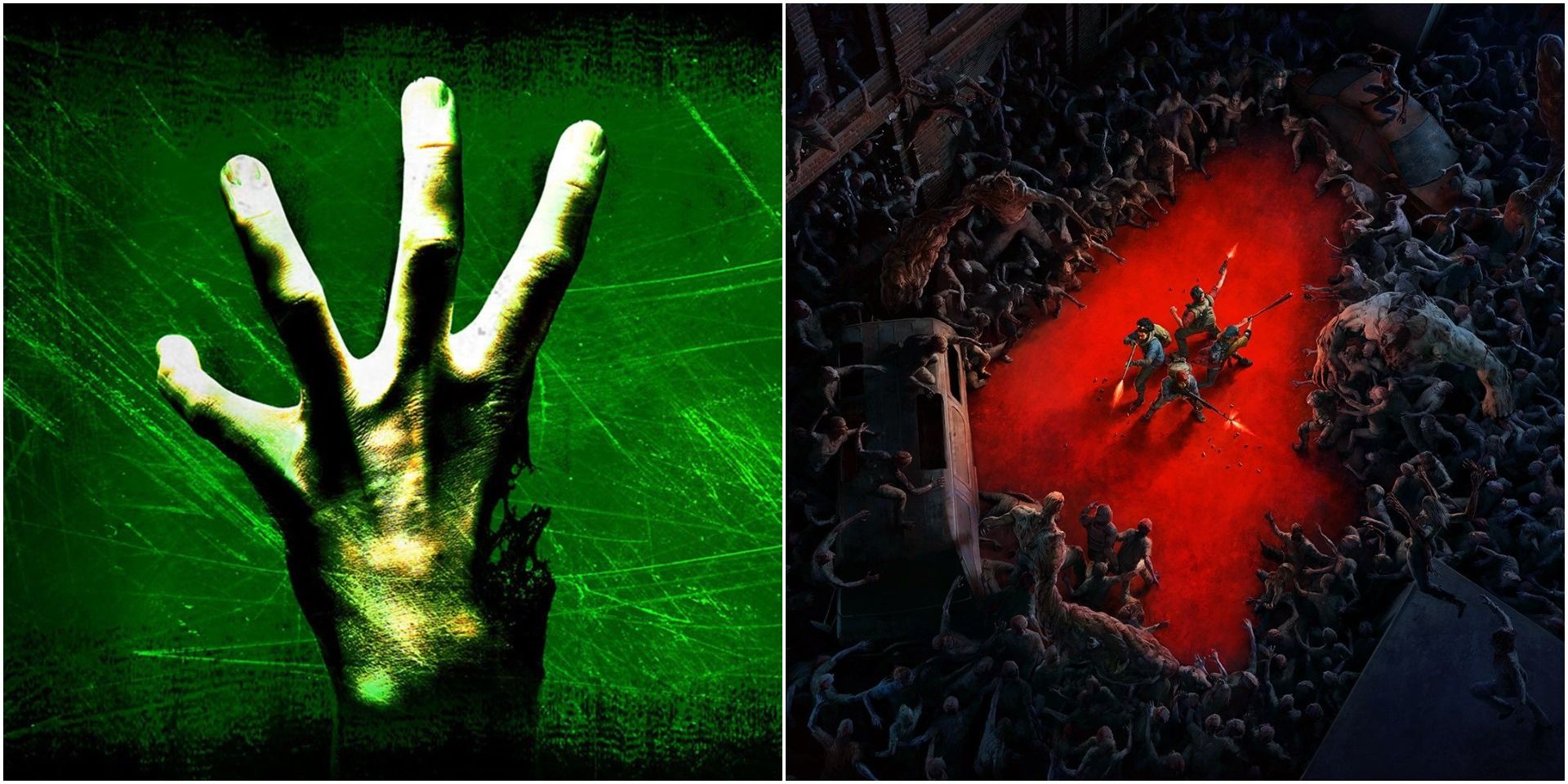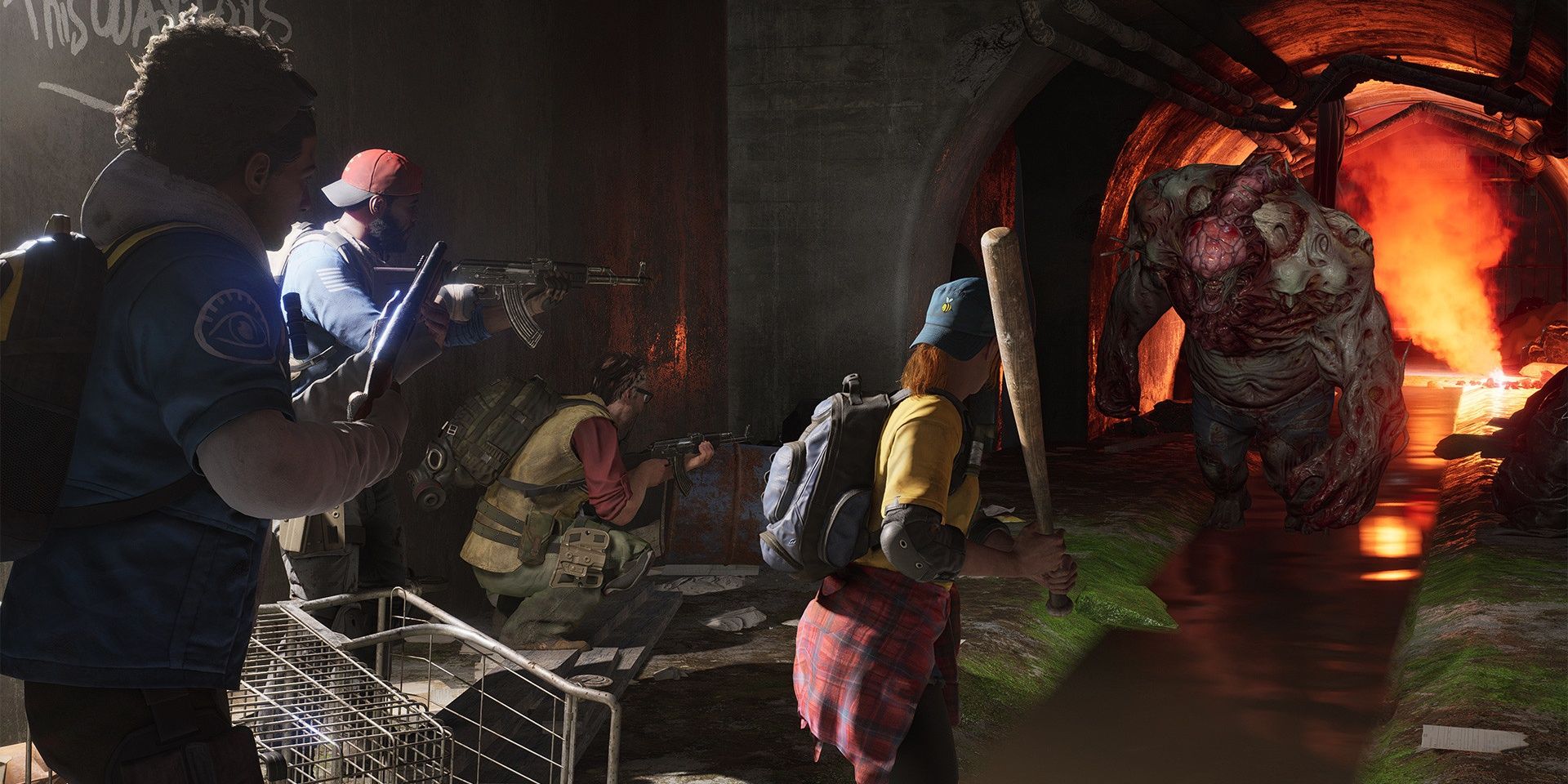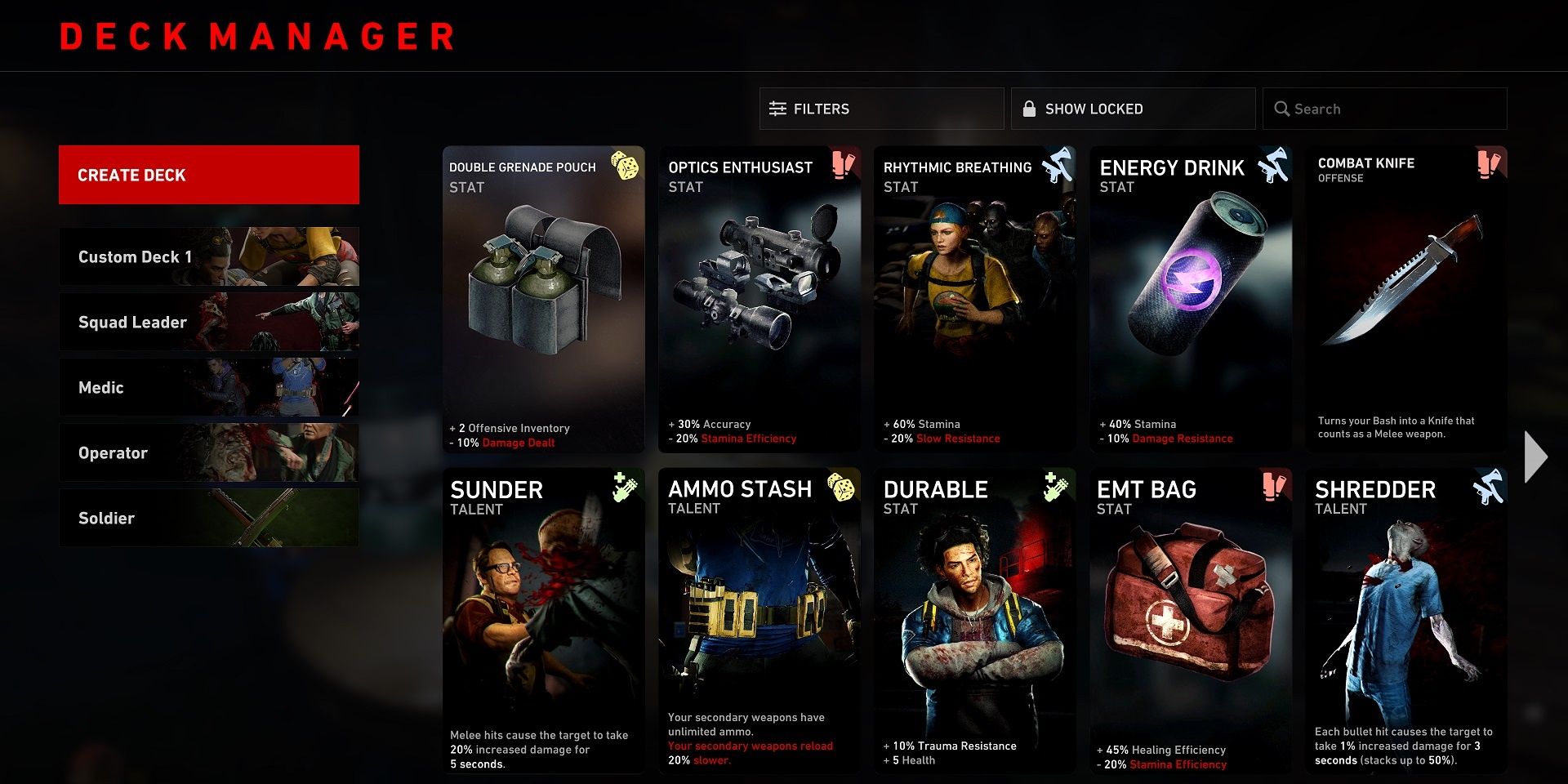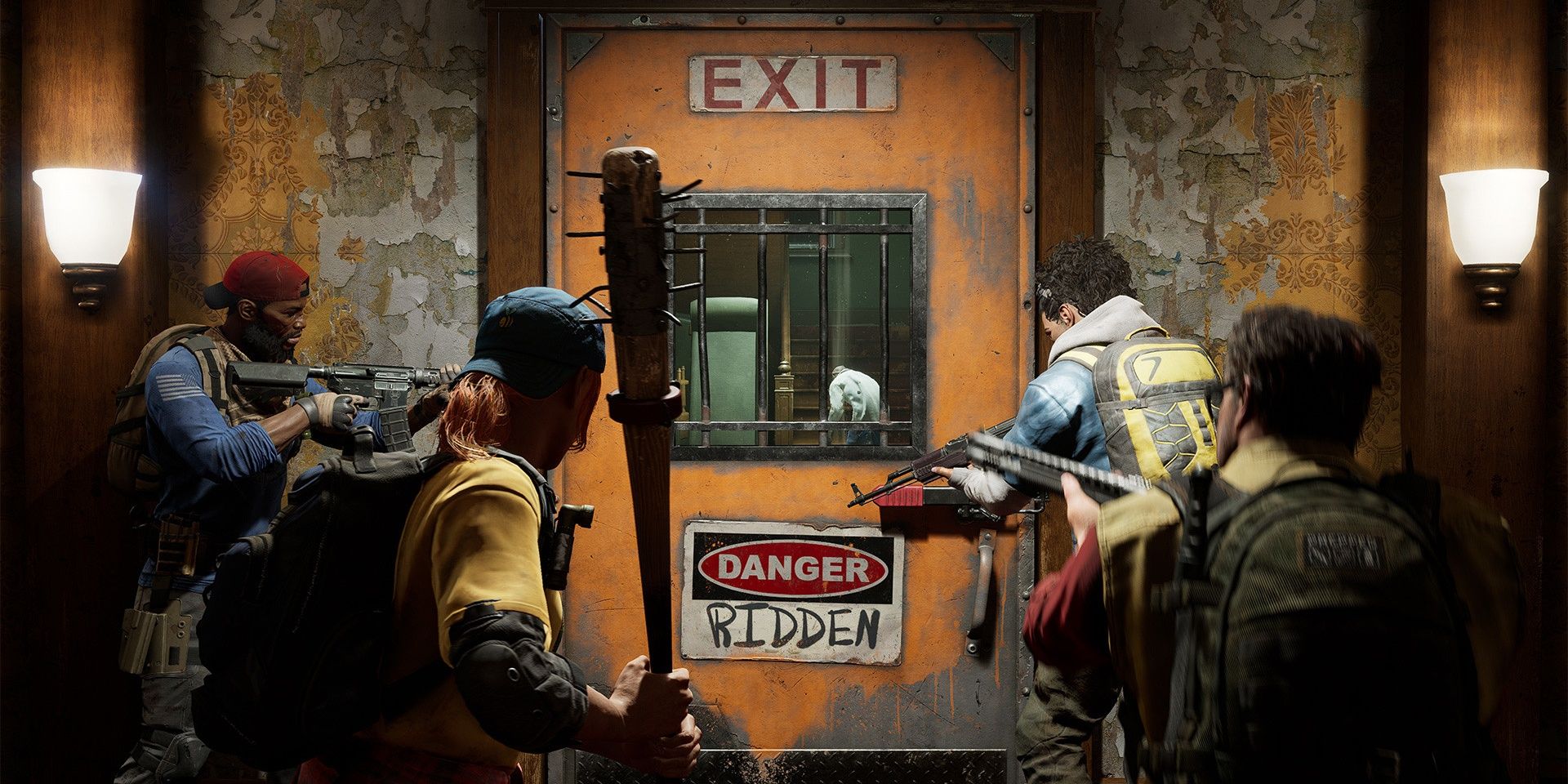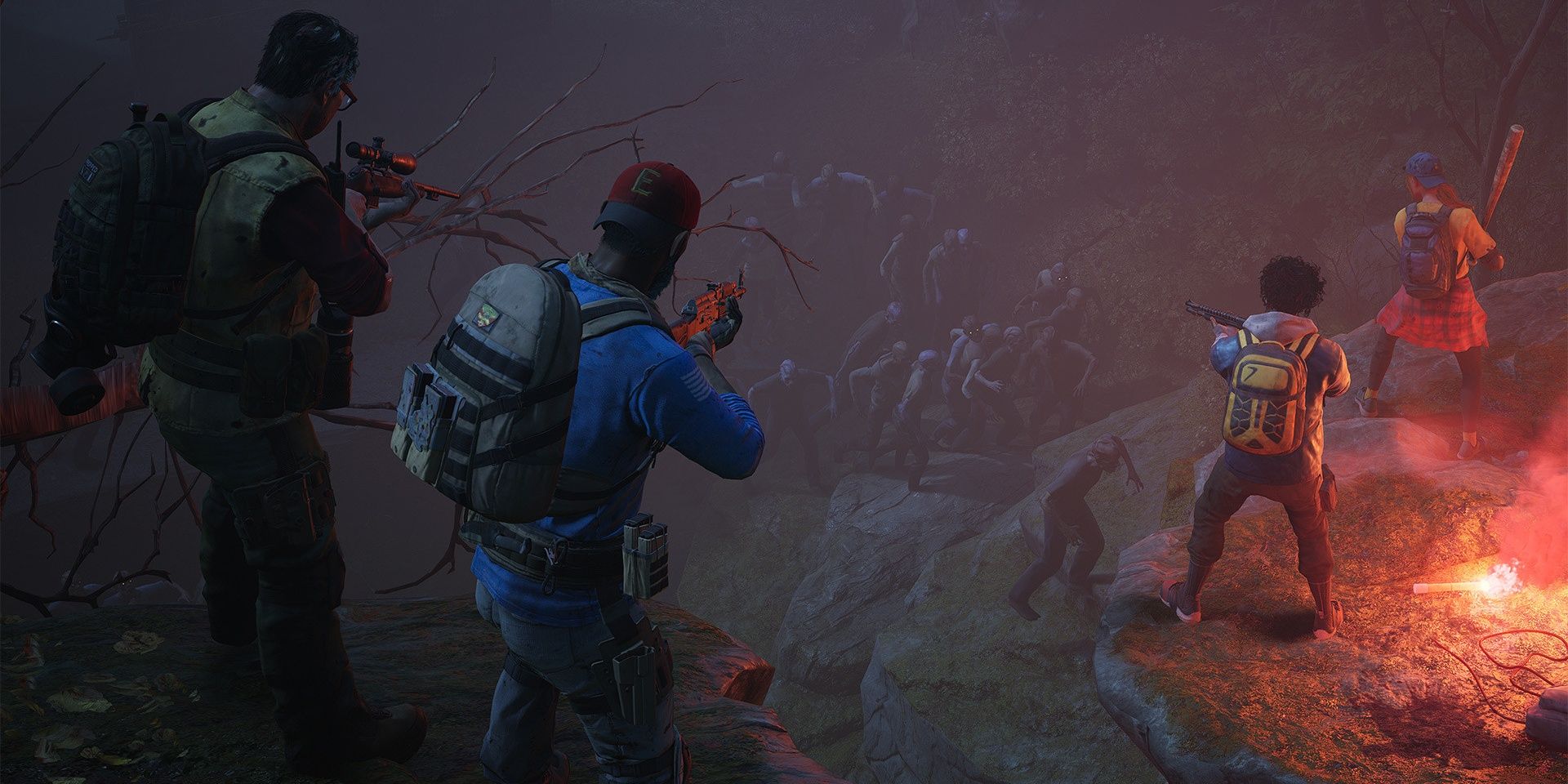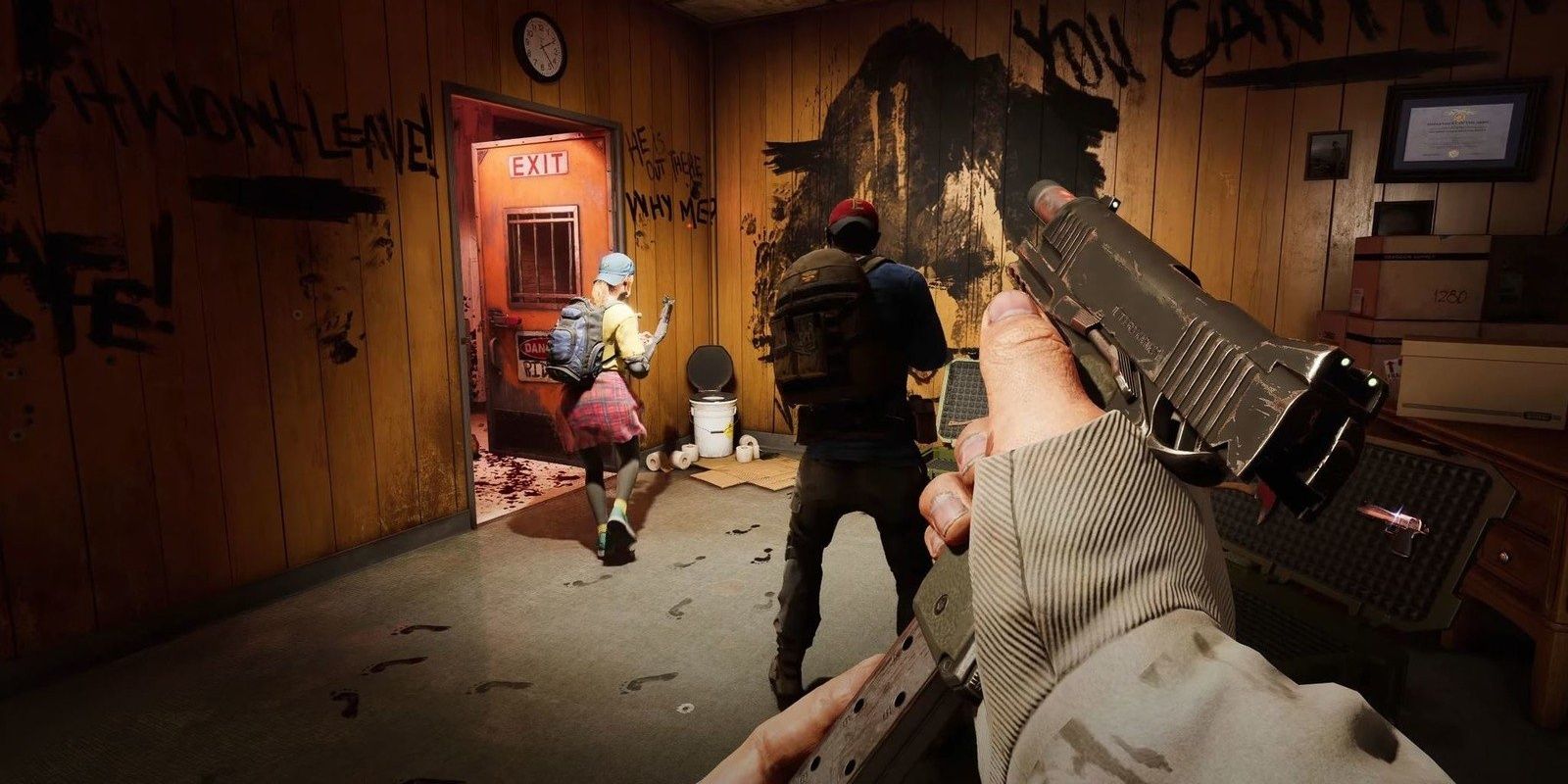Say what you will about Valve and their inability to deliver the third entry in a highly beloved series, but as far as fans are concerned, Back 4 Blood is effectively Left 4 Dead 3 in all but name. Also developed by Turtle Rock Studios (but published by Warner Bros. Interactive Entertainment), the online multiplayer first-person shooter shares the same basic DNA with that other series from the late 2000s.
You've got the same cooperative gameplay that has four players teaming up against hordes of ravenous zombies. There's also their similar implementation of an AI director that governs the rules and flow of every match, ensuring that no two matches play the same way. Then there's the post-apocalyptic setting, with both series having their own terms for what are effectively the same things. But for all the things that Back 4 Blood has in common with Left 4 Dead, there are also quite a few that help set it apart.
5 Sense Of Progression
Back 4 Blood is a modern-day shooter with a built-in progression system. Typically, this means the presence of rewards like additional weapons and buffs which can be unlocked using points and currency earned while playing the game.
In the Left 4 Dead series by contrast (and many of the online shooters of its time), pretty much everything the player needed to enjoy the game was unlocked from the get-go. There were no additional weapons to attain or loot to find, or shops with items to buy with in-game currency. This meant that there was no real sense of progression as they racked up matches, other than their growing familiarity with the game itself.
4 The Card System
One of the biggest additions Back 4 Blood introduces to the Left 4 Dead formula is its card system. At the start of every game, players choose from a number of available cards that offer them various buffs during the round.
These range from active abilities like being able to run while shooting, to passive effects like increased health and ammo. These cards would make up your deck, and their effects cascade upon one another to help define your preferred playstyle. On the flip side, the AI director also gets to draw a corruption card at the start of every round, which introduces additional challenges during the match, like tougher enemies or reduced visibility due to fog.
3 The In-Game Lobby
In Left 4 Dead, starting a new match was a simple case of navigating through a bunch of static menus and choosing the appropriate options. It was quick and easy to navigate, ensuring that the downtime between matches was kept to the barest minimum.
Back 4 Blood on the other hand replaces that menu system with an in-game lobby called Fort Hope. It is basically a hub area that players can access in-between matches, where they can unlock additional cards to use with the points they've accumulated, or try out new and old weapons alike in a firing range. It is a fully immersive and intuitive system that keeps players closer to the action of playing the game while letting them interact with one another.
2 The PvP Modes
Left 4 Dead features both cooperative and competitive multiplayer modes. In the latter, a team of four human players must struggle to get to a safe house while being pursued by zombies, led by a team of four zombie players. Both teams swap roles once the objective is either reached or failed and points are awarded accordingly, with the team with the most point at the end of the round winning the match.
Back 4 Blood has a completely revamped PvP mode that seems to be more influenced by today's battle royale games than anything else. In it, two teams of four players each fight to survive wave after wave of zombies, on a small map that keeps shrinking à la the eye of the storm in games like Fortnite. It is a nice blend of new and old but certainly a mode that might have long-time fans pining for the simpler mechanics of the old days.
1 Quality of Life Improvements
Aside from the increased graphical fidelity that comes with the improved hardware and rendering techniques introduced during the one decade that separates Back 4 Blood from Left 4 Dead, the former also boasts a number of quality of life improvements.
For starters, weapons can now be equipped with various attachments that improve their overall effectiveness. You can also aim down the sights of your weapon for even more accurate headshots and kills, much like you would in one of the recent Call of Duty or Battlefield games. Then the player now has more options for traversing through a level, with the ability to climb walls or vault over obstacles. And while these things might seem basic by today's standards, they still work together to make Back 4 Blood the definitive Left 4 Dead experience.

